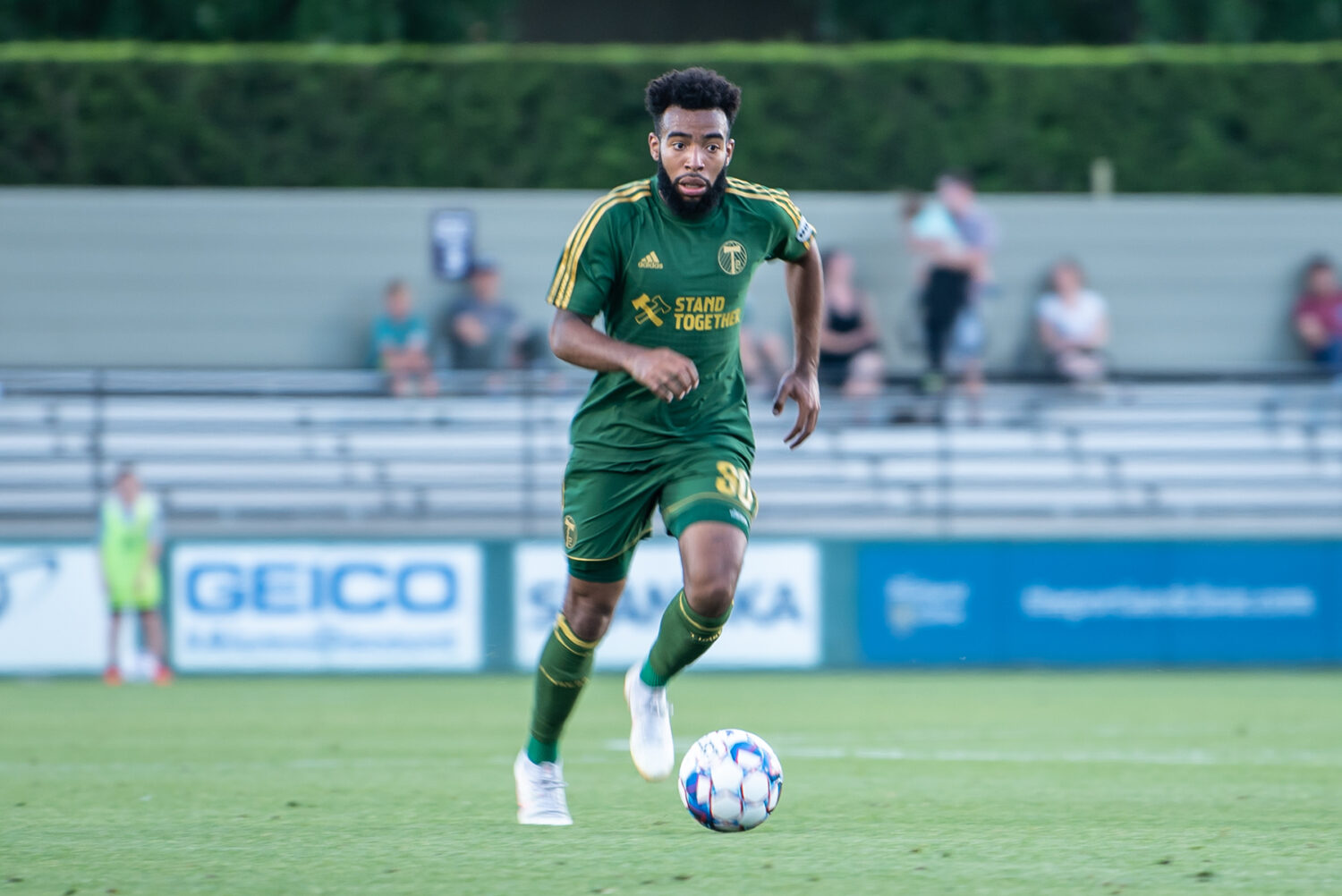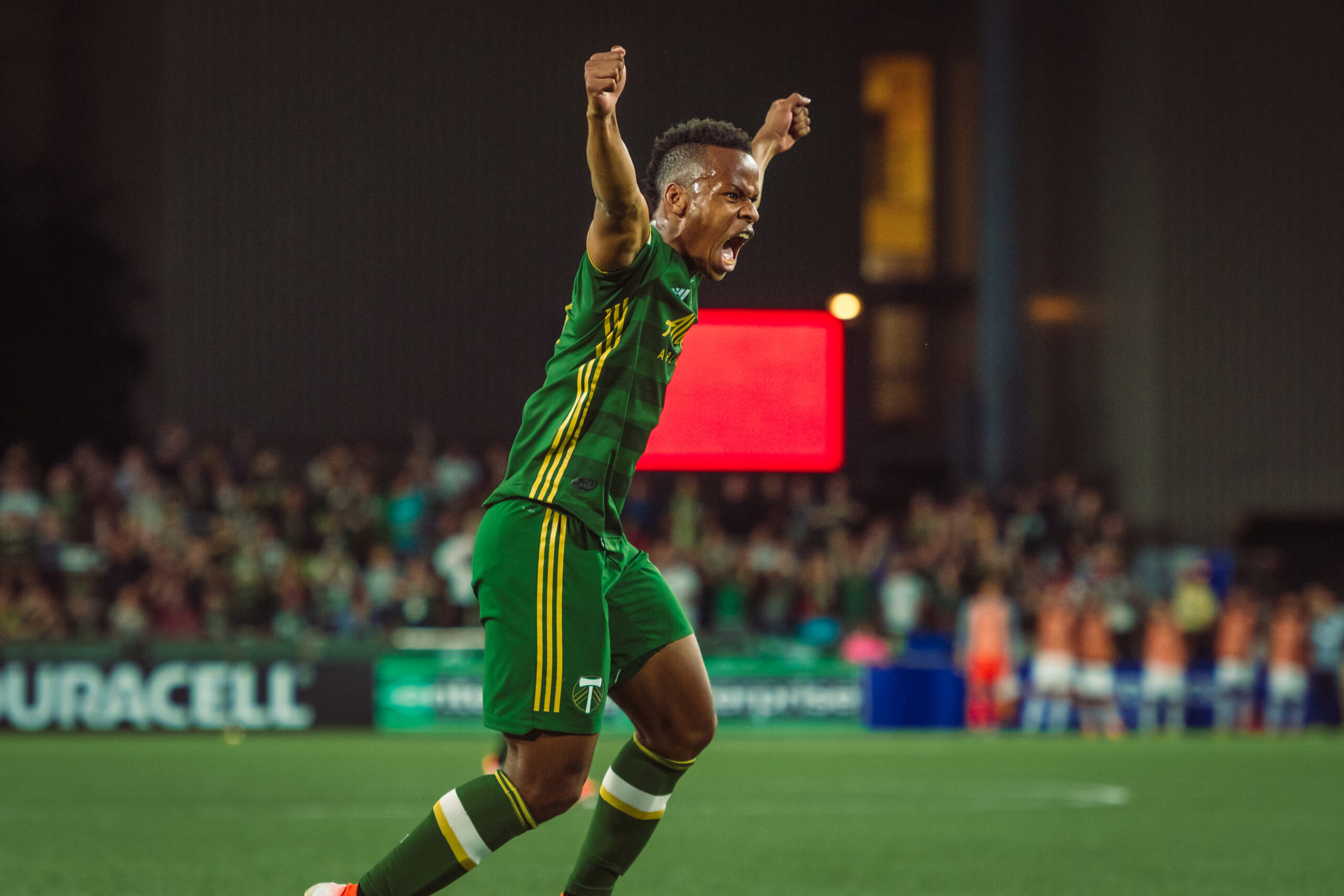With NWSL turning 11 this year, nobody can deny the league has been through many growing pains. It has taken them several years to get where they are right now, with many sponsors investing their money in it and new teams interested to get into the league every year.
Back in 2013, the Federation of Mexican Football was part of the NWSL, but the lack of playing time given to national team players, among other reasons, ended up drawing Mexican players away. The FMF announced at the beginning of 2016 that they would stop allocating players to the American professional league.
By the end of the same year, Liga MX Femenil was announced, which kicked off in 2017 with the Copa MX Femenil. That cup was a few days long and only 12 teams competed in it—the ones that already had a roster ready to participate in the upcoming league.
Afterwards, the first official tournament began, and Chivas ended up being crowned champions in the inaugural season. Fast forward six years, and it’s incredible to see how much the league has grown.
Making connections
People say there’s strength in numbers, and the United States’ southern neighbors understood that from the beginning. Shortly after the league played its first few seasons, they decided to start making connections.
That’s how they found an ally on the Houston Dash.
It was 2018 and Rayadas de Monterrey decided to play a friendly against the Texan club. A year later, Tigres hosted the Dash. That would not be the last time those two would cross paths because two years later they played a rematch, this time in the Dash field. That was the first time a Mexican team would venture itself into American soil.
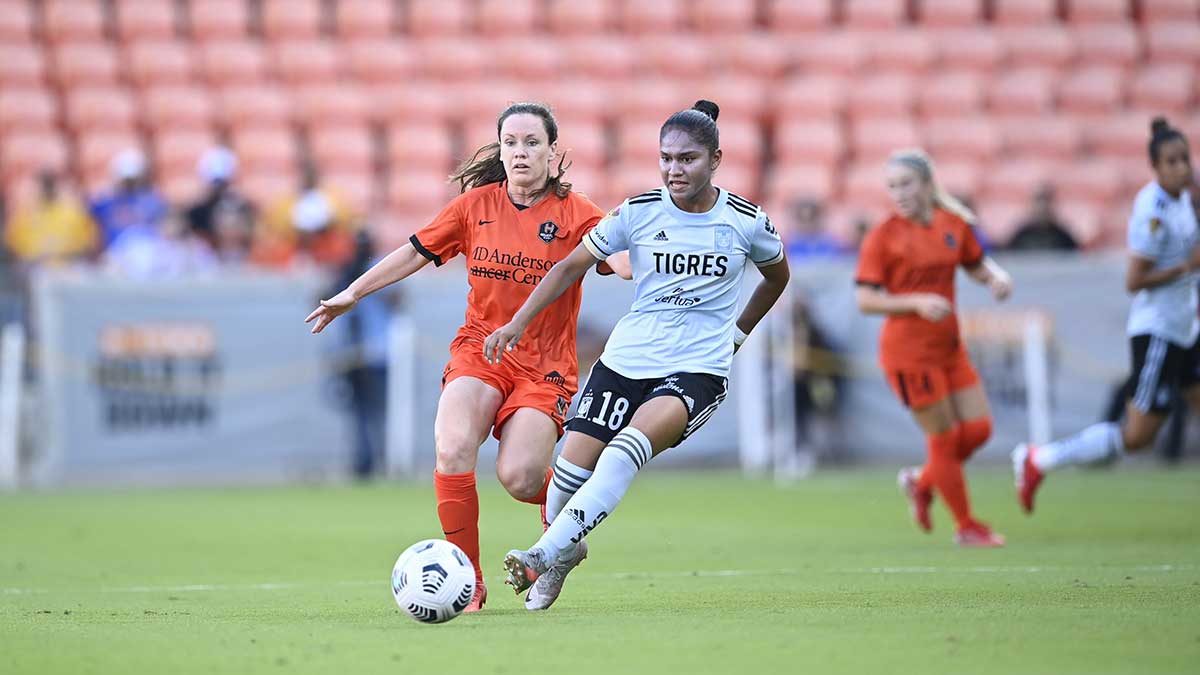
The Dash, with former coach James Clarkson at the helm, was back then the only NWSL club willing to compete with Mexican teams. A year after the second game against Tigres, they faced Pumas in the 2022 preseason.
By that year, more NWSL teams started to imitate Houston. After establishing records of attendance for a Panamerican league and the Regio teams—Monterrey and Tigres—showing great quality, Mexican clubs started to be included in the conversation. That’s how Rayadas ended up playing the Women’s International Champions Cup in 2022 and beating the Portland Thorns, making it to the highlights of the entire women’s soccer world.
By then, Angel City was playing its first NWSL season, and since the beginning, they’ve made efforts to make their Latino community feel included. In accordance with that, it was announced last May that Angel City and Tigres had signed a partnership for two years, which includes some friendlies among other collaborations.
What is more, Angel City couldn’t resist the appeal Club América has nowadays and invited them to play a friendly on the upcoming Women’s Day on March 8 at Banc of California Stadium.
European teams joining the fun
This year couldn’t have started in a better way for the league, especially for Tigres. Last January, they announced a partnership with one of the mightiest clubs in Germany: Bayern Munich. Said partnership was sealed with a friendly between the teams at the Universitario stadium, with the host getting the win.
In February, Club América announced an alliance with the eight-time Champions League winner Olympique Lyonnais and three-time NWSL Shield winner, OL Reign.
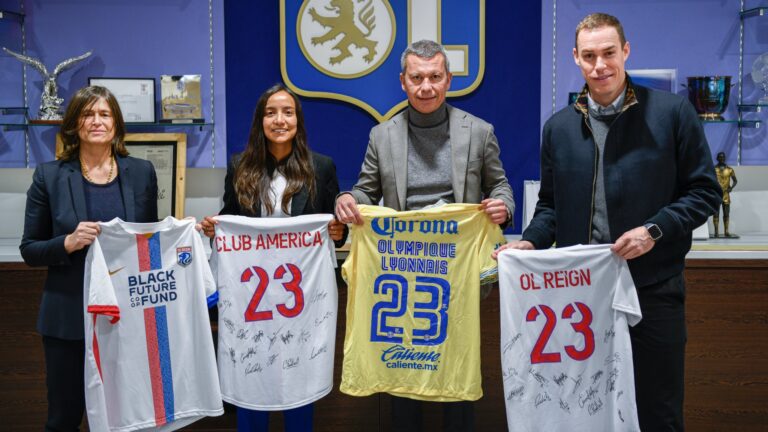
The partnership with those top teams is one anyone in the world would want. The clubs will share knowledge and skills, exchange information, and play friendlies between them. The deal involves both senior teams and the academies.
The partnership with the OL Group came only six months after America played against German club Bayer Leverkusen, the first European club they crossed paths with.
Tigres’ success and fame internationally are unquestionable, and more teams have been trying to seat with them at the adult table. It was 2020 when Club América assigned Claudia Carrión as sports director, and she has been working hard to put the women’s team on the map ever since. Carrión is responsible for many important player signings, among them club-favorite and former Chicago Red Star Sarah Luebbert.
But what about the other teams? Partnerships and friendlies are being established, little by little. The latest was North Carolina Courage with Rayadas de Monterrey. Both clubs announced they’re playing a couple of friendlies, with the first of them set for March on Mexican soil. Coach Eva Espejo’s team will travel to the United States later this year, at a date to be determined, to see if they can obtain their second victory against an NWSL team.
Giving players a choice
Historically, Mexican players drafted by NWSL teams have had little to no playing time in the league. Some even didn’t get offered a contract after being drafted, and that forced them to look for opportunities somewhere else. Spain was the desired destination for many, but some, like Tigres striker Stephany Mayor, went as far as Iceland to find a team where she would get minutes.
Another good example of this is Club América forward Kiana Palacios. She was drafted by Sky Blue in 2018. After not being offered a contract, she received an offer from the Spaniard club Real Sociedad. Three years later, she landed at Coapa and started, little by little, to become one of the most prolific goal-scorers in the league.
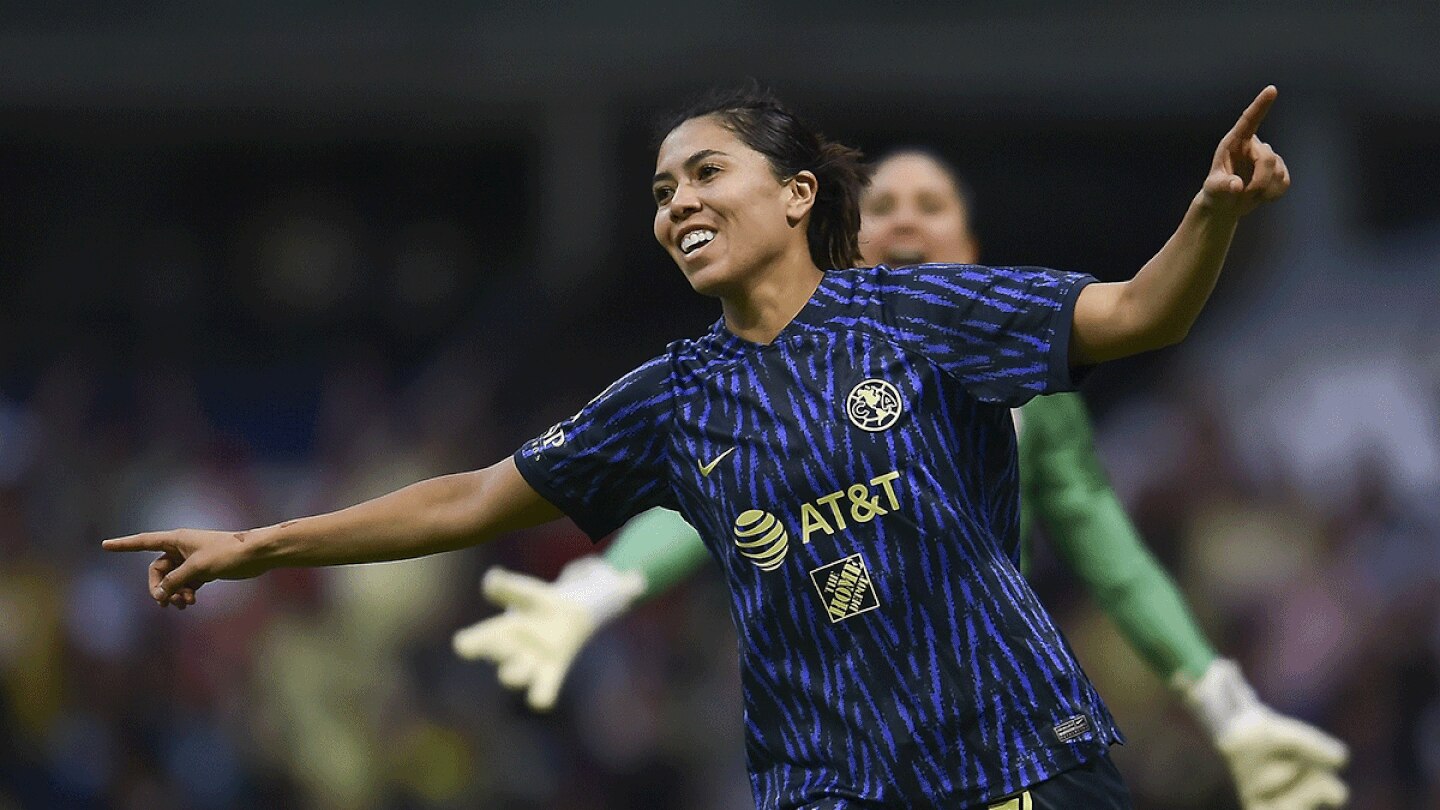
Another americanista who put her name in the NWSL Draft was Scarlett Camberos. In her case, however, she wasn’t drafted by any club. She said last year that back then she did have offers to play in the United States, but after seeing Club América’s facilities, the fans, the training fields, and the Azteca Stadium, she decided to play in México. Camberos is now one of the best on the team and a fan favorite.
Maybe the most resounding case of a player from the United States going to Mexico was forward Mia Fishel. In 2022, she was drafted fifth overall by the Orlando Pride, where her former college coach was. So it was a big slap in the face to the club when it was announced that she was going to play for Tigres instead.
“What I did was historic,” said Fishel back then, and rightly so. She became the first American player to choose to play in Mexico just because she could—and not because she wasn’t wanted in the NWSL. “The rate at which the league has been growing was also very appealing. They’ve only been here for five years or so, and the global media recognition, the passionate fans, playing in [large] stadiums, you just don’t get that in the U.S.,” she said.
Players going from the United States to play in Mexico were the norm until 2021. Last year was historic for the league transfer-wise. In January, Tigres announced they closed a deal with Angel City FC for the Brazilian player Stefany Ferrer. Almost a year later, they closed another deal; this time with Racing Louisville FC for the Nigerian player Uchenna Kanu. Days later, former Rayadas midfielder Bárbara Olivieri was announced as the new Houston Dash signing.
She’s a dangerous striker with an eye for goal.
Nigerian international @UcheOfficial_'s coming to Louisville. 🔥 pic.twitter.com/ciD6yrj2Yf
— Racing Louisville FC (@RacingLouFC) February 2, 2023
Previous examples show how much these and many other players just needed an opportunity to showcase their talent—and Mexico gave them that chance. Winger María Sanchez was drafted by Chicago Red Stars in 2019, but had only seven appearances in the entire season. The lack of minutes led her to go to Mexico, where she played for Chivas and a year later for Tigres. Once she had her opportunity to showcase her skills to the world, she picked the Dash interest, and they signed her on loan in 2021. A year later, Houston offered her a two-year contract.
Luebbert won the hearts of the fans when she went on loan to Club América, also searching for playing time. She would go back to Chicago in 2022, while Mexican fans would beg for her return. Their prayers were heard, and by the end of the same year, Chicago announced they transferred her permanently to the Coapa club.
The addition of Spanish international Jennifer Hermoso by Pachuca in 2022 left everybody shocked, but it was a great statement made by a club that has bet on their women’s team from the beginning. No wonder another Mexican star who had already left her mark in the Spanish league Spain, Charlyn Corral, decided to play in the same club as well.
As seasons go by, more and more internationals are interested in going to Mexico, and rightly so. The playing time, the quality many of the clubs enjoy, and the salaries are things many players don’t get in their home country leagues.
Still developing
Mexico still has a lot of work to do. Their national team not qualifying for the World Cup was a huge blow, not only to the program but to the self-esteem of the players that week-in and week-out put on great performances for their clubs.
Nonetheless, it seems like the federation has learned from this and started to rebuild its women’s program from the ashes, with a new women’s national team director position and a new coach.
And even though they’re not going to the World Cup this July, they’re not using this year to take a break. They’re using every international window to compete and learn, to test what works and does what not.
Most recently Mexico hosted the Revelations Cup, where they went against three national teams that have qualified for the World Cup in Costa Rica, Colombia, and Nigeria. In the end, Mexico had to battle against the always-tough Colombia and finished raising the Cup.
🇲🇽 🫶🏻 🏆 #TuCanchaLaEligesTú pic.twitter.com/J2RCHBxkhL
— Selección Nacional de México Femenil (@Miseleccionfem) February 22, 2023
Another thing they should put their focus on is players’ safety. It has been known that in the past “fans” have been threatened players, stealing their identities, hacking their accounts, harrying and harassing them. And that keeps happening. Tigres center back Greta Espinoza went through this, and recently asked for action in support of América’s Scarlett Camberos, who’s unfortunately going through the same thing.
“The level of harassment I suffered was documented in over 100 slides with irrefutable evidence, and nothing was enough to stop this individual from stopping with the harassment,” Espinoza said on her social media channels. In the same message, she demanded laws to protect them.
Players’ safety should be Mexico soccer’s top priority—especially in a country known for, as Espinoza put it, a “delicate history of frequent harassment towards women and [where] the vast majority of these cases go unpunished.”
🚨 COMUNICADO IMPORTANTE 🚨 pic.twitter.com/tDoZJmX7yf
— Greta Espinoza Casas (@GretaEspinozaC) February 18, 2023
Mexico wants to be a powerhouse in women’s soccer, and they’re doing their utmost to reach their goal. That starts with their league, which is one of the most well-organized in the continent—you get the new season schedule two weeks after a tournament is over—and ends with their national team.
If they do things right, in four years they should qualify for the 2027 World Cup with flying colors. And their league will stand among some of the best leagues in the world.

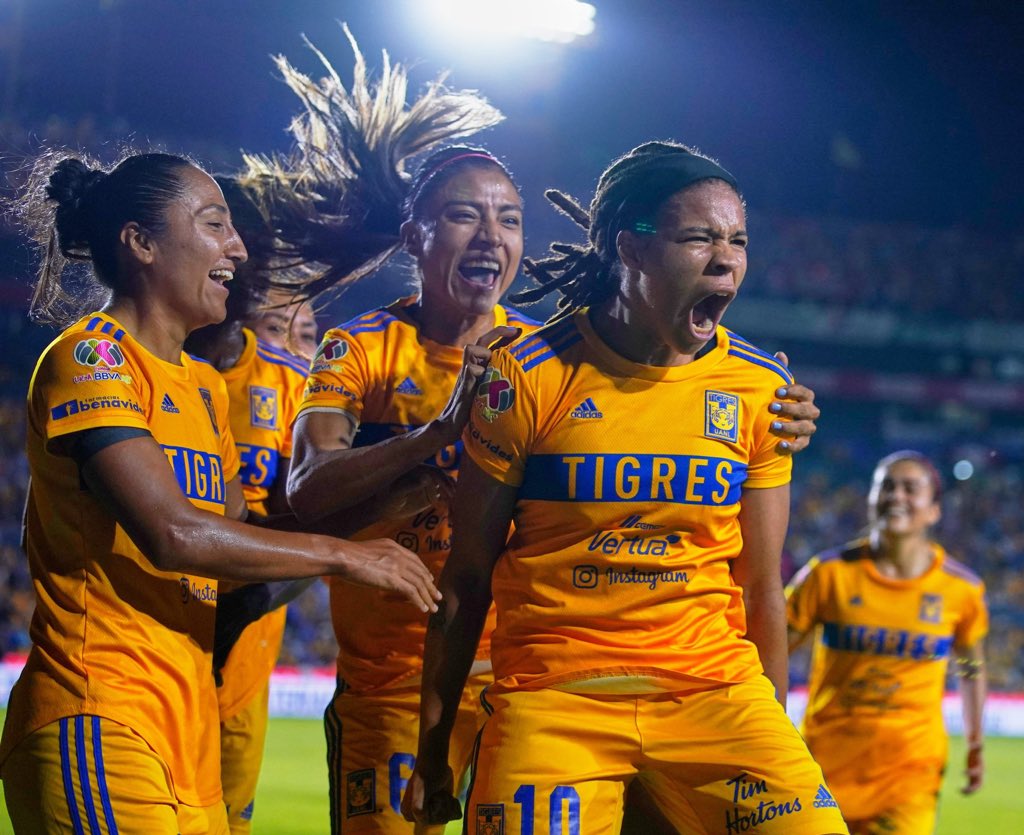
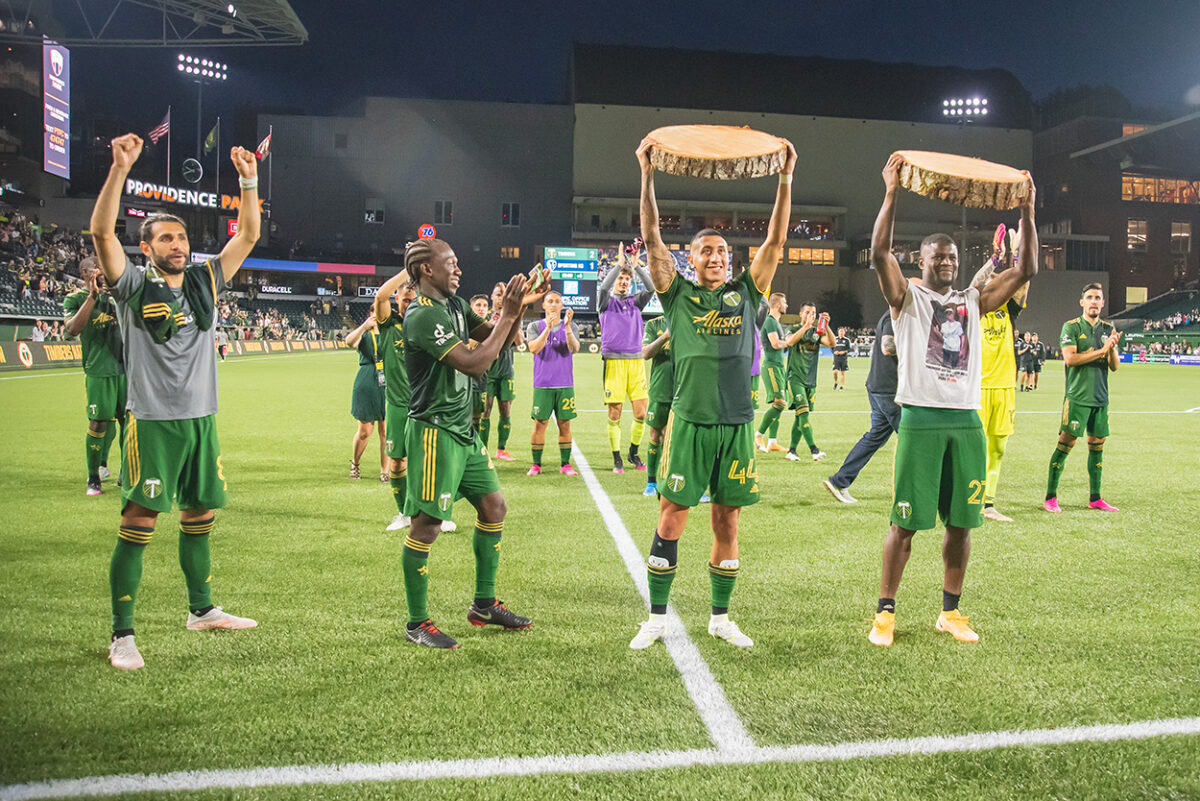
 Unlock with Patreon
Unlock with Patreon
